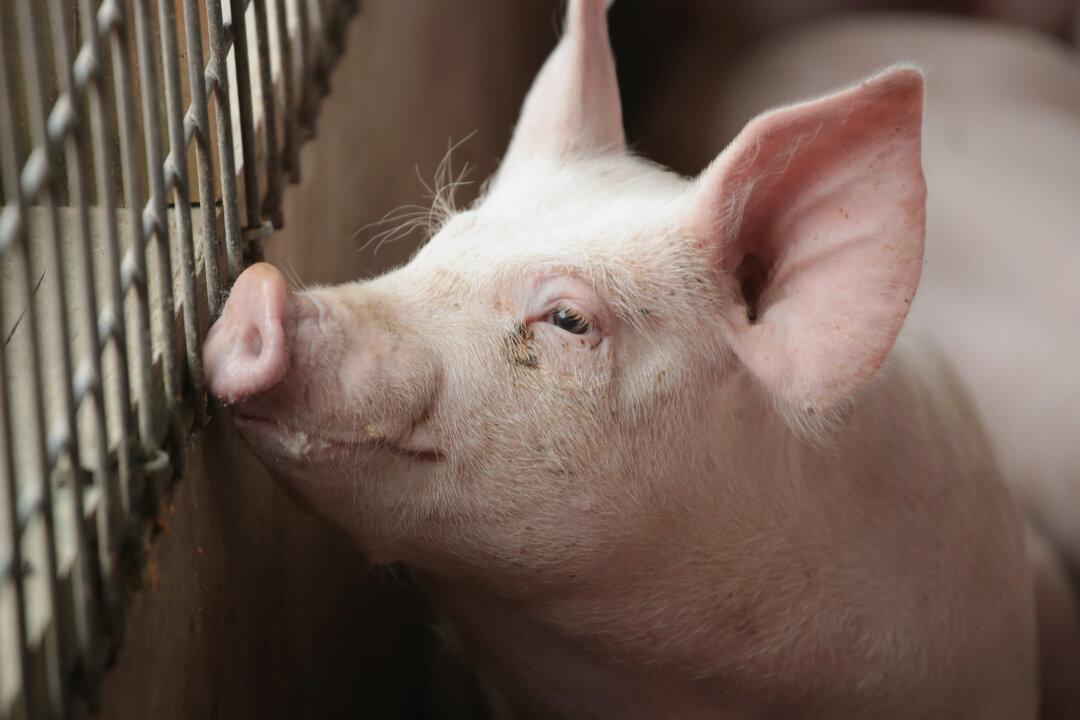The U.S. Department of Agriculture (USDA) has confirmed the first case of H5N1 bird flu in a pig in the United States.
USDA issued a statement on Oct. 30 that said the infected pig was discovered at a backyard farm in Crook County, Oregon, where it shared space with poultry that had previously tested positive for the virus.





